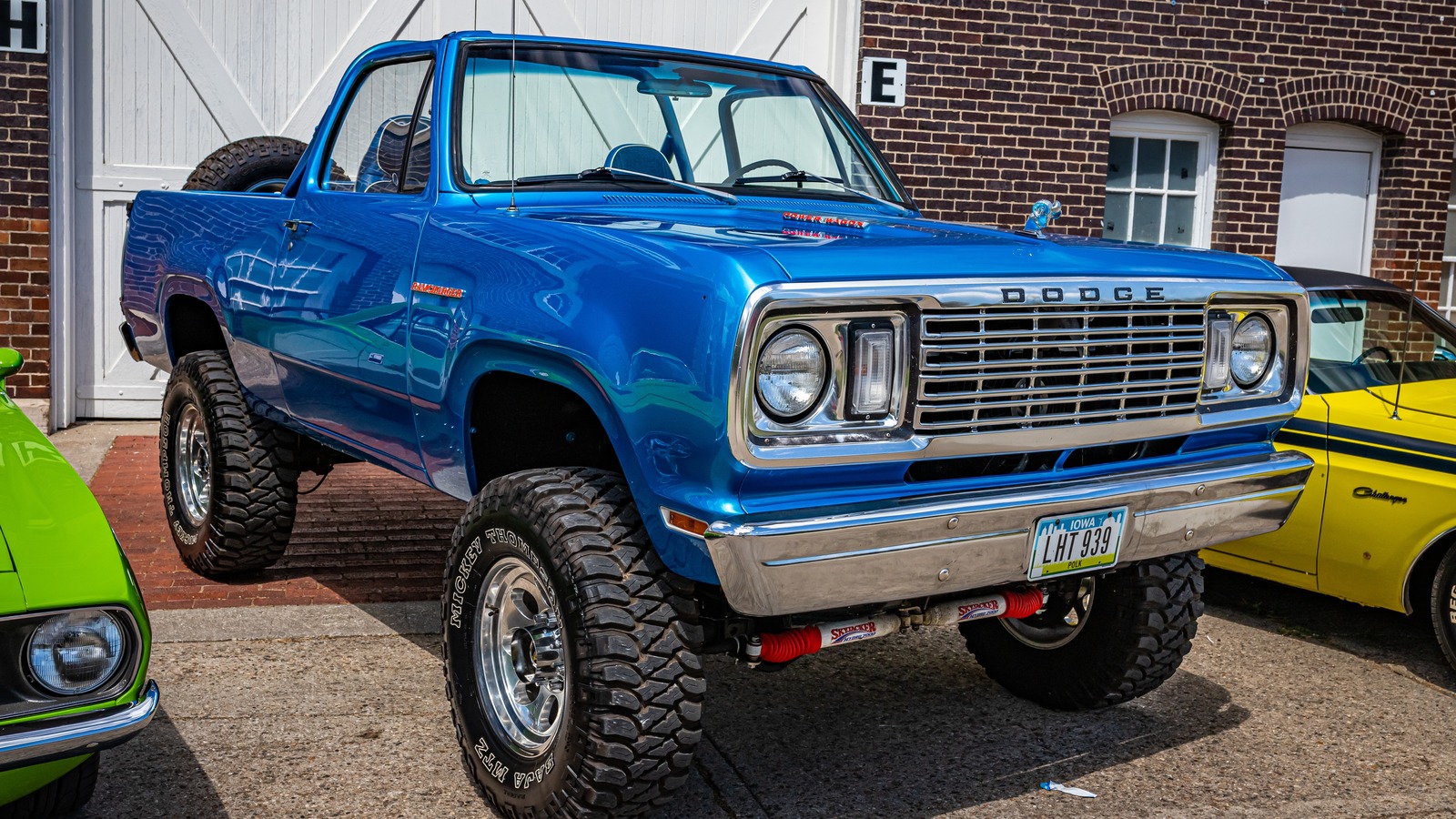Why Dodge Discontinued The Ramcharger, Its First SUV – SlashGear

Various engines, from an anemic six-cylinder to Dodge’s 440 cubic inch big-block, could be found under the Ramcharger’s hood. Power was delivered to the pavement — or dirt — via a somewhat controversial full-time four-wheel drive system. It was contentious because driving the front wheels all the time, even when unnecessary for traction, was a nightmare for fuel economy at a time when gasoline was both scarce and pricey, as well as creating strenuous maintenance requirements. As such, the aftermarket responded with kits to convert Ramchargers to part-time four-wheel drive.
In 1981, Dodge unveiled the second-generation Ramcharger with updated styling to match its refreshed Ram line of pickup trucks on which the Ramcharger was based. The new Ramcharger wasn’t radically different from its predecessor but did have a few noteworthy changes. First, the roof was now all metal and permanently attached to the vehicle.
One interesting byproduct of the new fixed metal roof was that instead of a tailgate like its competitors, the Ramcharger now had a one-piece rear hatch that hinged at the top, such as you might find on a hatchback or minivan, which gave unfettered access to the cargo area without reaching over a tailgate. Engine options for the second-generation Ramcharger were whittled down to a choice of two V8s, a 318 cubic inch (5.2 liter) or 360 cubic inch (5.9 liter), initially with carburetors but later fuel-injected. A factory part-time four-wheel drive system was also incorporated.
For all the latest Gaming News Click Here
For the latest news and updates, follow us on Google News.

